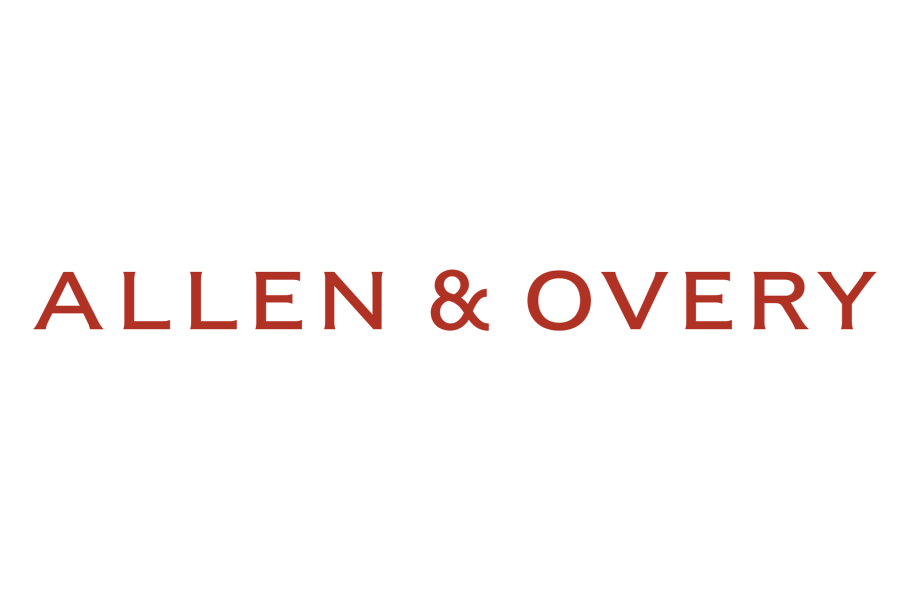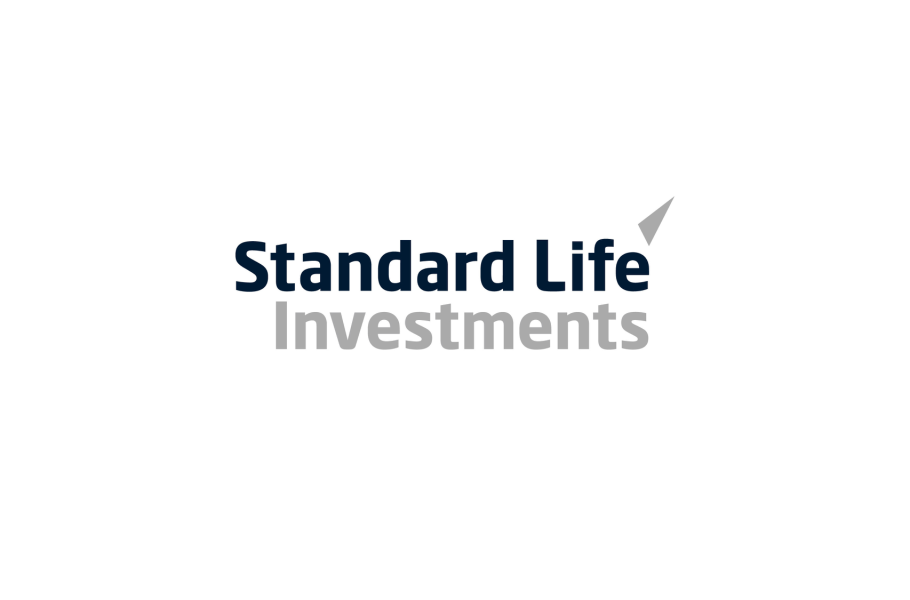Annual Members Meeting 2012
The ECGI would like to thank the Swedish Corporate Governance Forum for its sponsorship of the 2012 General Assembly and Annual Lecture
The ECGI Annual Members Meeting 2012 took place in Stockholm on 26-27 April. On Friday 27 April, the General Assembly and Annual Lecture were held at the Royal Coin Cabinet, Stockholm. ECGI Fellow, Marco Pagano, Professor of Economics, Facoltà di Economia at the Università di Napoli Federico II, gave the Annual Lecture (which was open to the public) on the theme of Market Transparency and Company Disclosure. The dinner for ECGI members and invited guests took place the night before. During the dinner, the winners of the 2012 Working Paper prizes were announced.
2012 Working Paper Prize-giving:

The Standard Life Investments Finance Prize was won by Marc Goergen, Cardiff University - Cardiff Business School, Noel O’Sullivan and Geoff Wood, University of Sheffield with:

The Allen & Overy Law Prize was won by John Armour and Wolf-Georg Ringe from the University of Oxford with:
European Company Law 1999-2010: Renaissance and Crisis (ECGI Law Working Paper No. 175/2011)
Programme
Dinner and Presentation of the 2012 ECGI Working Paper Series Prizes
Annual General Meeting - The Royal Coin Cabinet
Break
Speakers

Jens Henriksson
Marco Pagano
Erik Berglof
Presentations
Gallery
Contact








